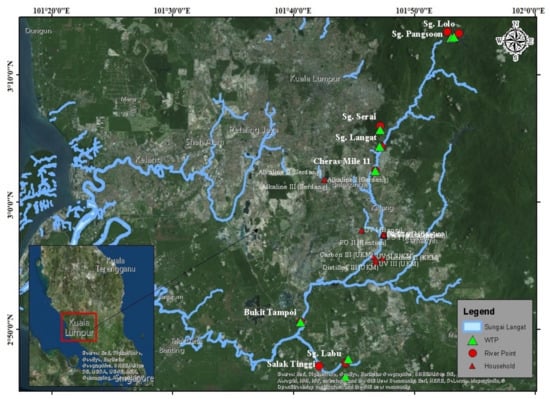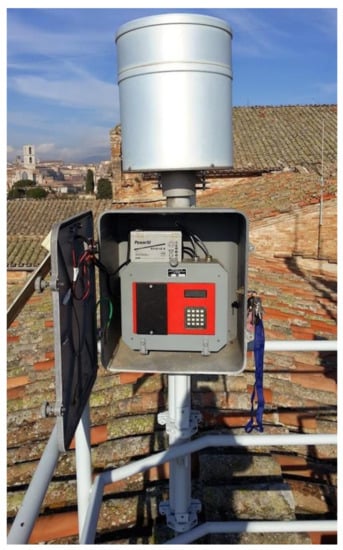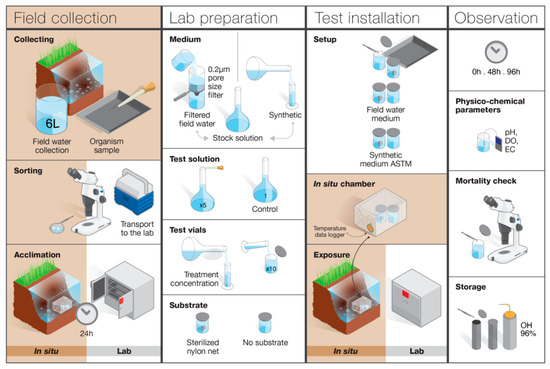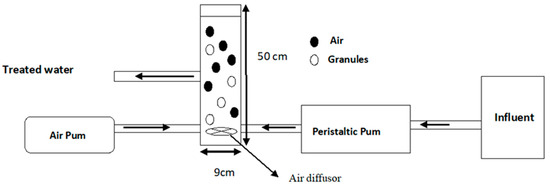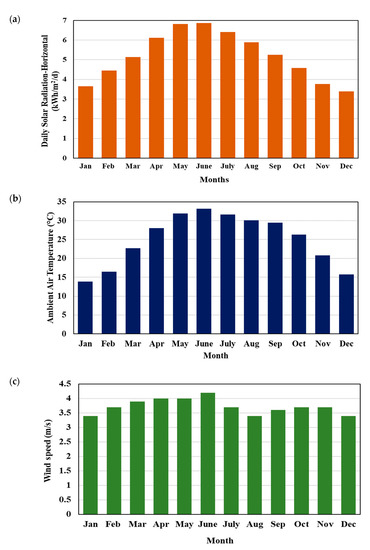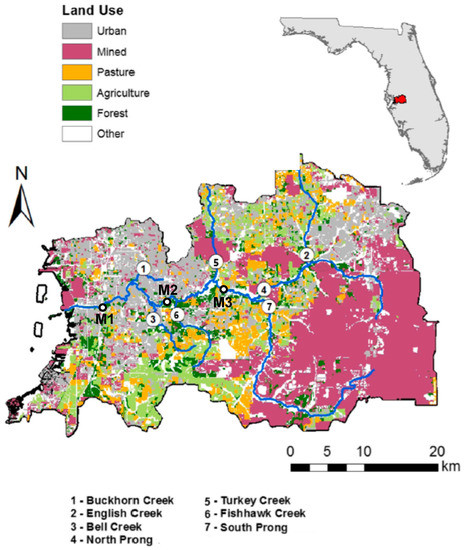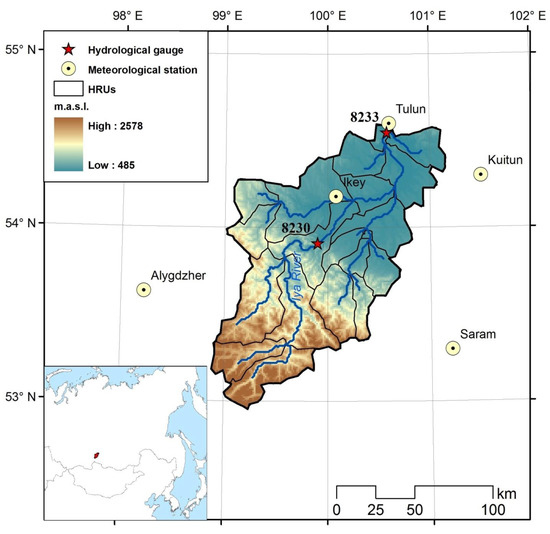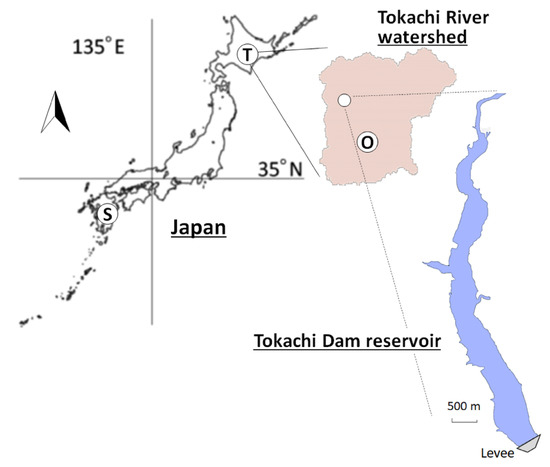Water 2021, 13(8), 1075; https://doi.org/10.3390/w13081075 - 14 Apr 2021
Cited by 12 | Viewed by 3198
Abstract
Soil salinization is one of the most serious issues of land degradation, especially in inland drylands, such as the Kashgar region in the Xinjiang province, western China. The investigation of the spatiotemporal variations of soil salinization and its causes is critical for regional
[...] Read more.
Soil salinization is one of the most serious issues of land degradation, especially in inland drylands, such as the Kashgar region in the Xinjiang province, western China. The investigation of the spatiotemporal variations of soil salinization and its causes is critical for regional ecological restoration and social development. In this study, salinization severity was firstly interpreted in Kashgar region for the years 2000, 2010, and 2017 using multitemporal Landsat images, and the spatiotemporal variations of salinized soil area, salinization severity index, and important index of salinization change were then analyzed using transition matrix method. Finally, the relationship between salinization and eco-hydrological parameters at the regional scale was investigated using correlation analysis and multivariate linear regression. The results show that salinized soil is mainly concentrated in irrigated oasis areas. Although the decrease rate of total salinized soil area is decreasing, the decrease rate of average salinization severity is increasing gradually. There is an increasing trend for the improved area of salinized soil, whereas an opposite trend was observed for the deteriorated area of salinized soil. The conversion from extremely severe salinized soil to the severe ones was the dominant transforming type from 2000 to 2017; meanwhile, the transformation from non-salinized soil to salinized soil for the newly reclaimed farmland was observed, indicating that some necessary irrigation control measures must be taken to avoid further soil salinizing. A significant negative correlation between salinization severity and evapotranspiration, normalized difference vegetation index (NDVI) was observed, implying that soil structure change induced by vegetation, associated with high evapotranspiration (ET) and low land surface temperature (LST), played a positive role in alleviating soil salinization in this region. It is concluded that the soil salinization had been alleviated from 2000 to 2017, mainly due to the combined effects of the farmland expansion and the reasonable irrigation system.
Full article
(This article belongs to the Section Hydrology)
►
Show Figures



